The world has seen a rapid increase in urbanisation, development, and human population over the last 50 years, resulting in the deforestation of hundreds of millions of acres of forest worldwide. Because of this, wildlife is losing more and more food sources every day. According to a 2020 analysis, over 500 species of land animals are at risk of going extinct within the next 20 years, contributing to the sixth mass extinction of fauna on Earth. Given that India is among the world's most densely populated nations, it should come as no surprise that both land development and human activity are rising quickly.
Here are some of the most endangered species that require immediate protection.
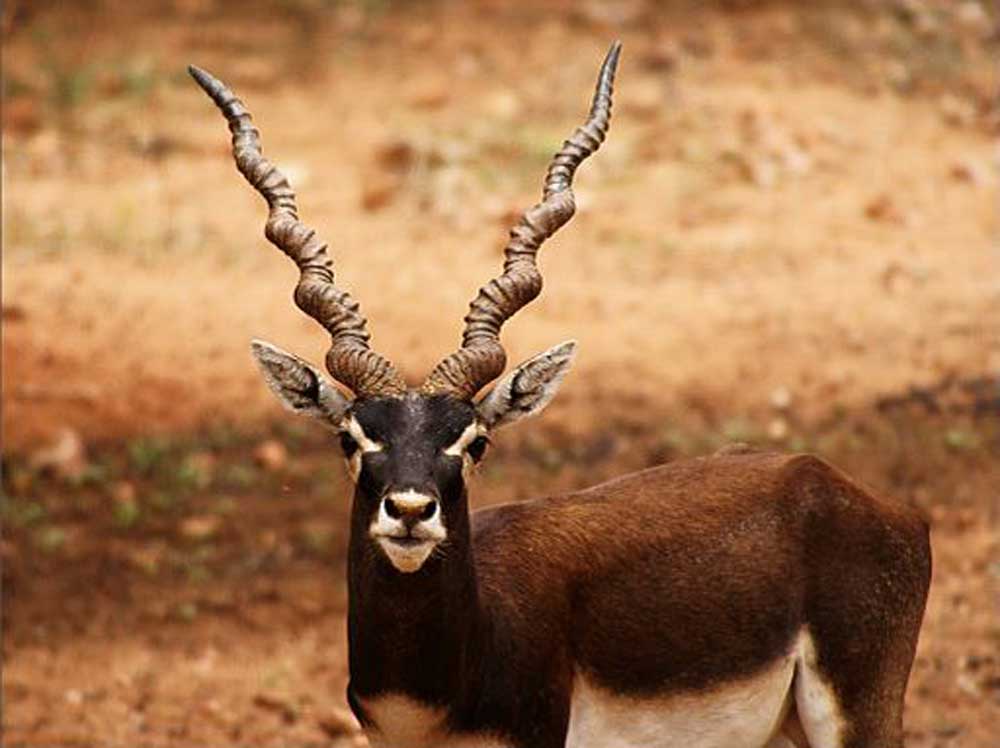
Blackbuck
The blackbuck, also known as the Indian antelope, is currently one of the most endangered species in India as a result of severe poaching (mostly for its pelts in the India’s erstwhile princely states) and habitat degradation. There were about 80,000 blackbucks in 1947. However, in less than 20 years, that number had dropped to 8,000. The species is still threatened by chemicals, moving cars, stray dogs (of which India has one of the highest rates), despite conservation efforts that have helped the population numbers return to about 25,000. Blackbucks are found throughout India in small herds in open grasslands, dry scrub areas, and sparsely forested areas.

One-Horned Rhinoceros
This species, also called the Indian rhinoceros, is mostly found in India and the Himalayan foothills. For decades, one-horned rhinoceroses have been killed as their horns, said to have therapeutic qualities, are the main target of poaching efforts. Frequent flooding seasons also have an effect on the population, driving rhinos to relocate to higher ground and outside of national parks, raising the possibility of conflicts between humans and wildlife. As a result, by the beginning of the 20th century, these forces nearly drove the rhino population to extinction, resulting in as few as 200 animals. However, it has since recovered and bounced back to about 3,700 in Nepal's Terai grasslands and northeastern India thanks to stringent and focused conservation efforts, one of the most successful in history.
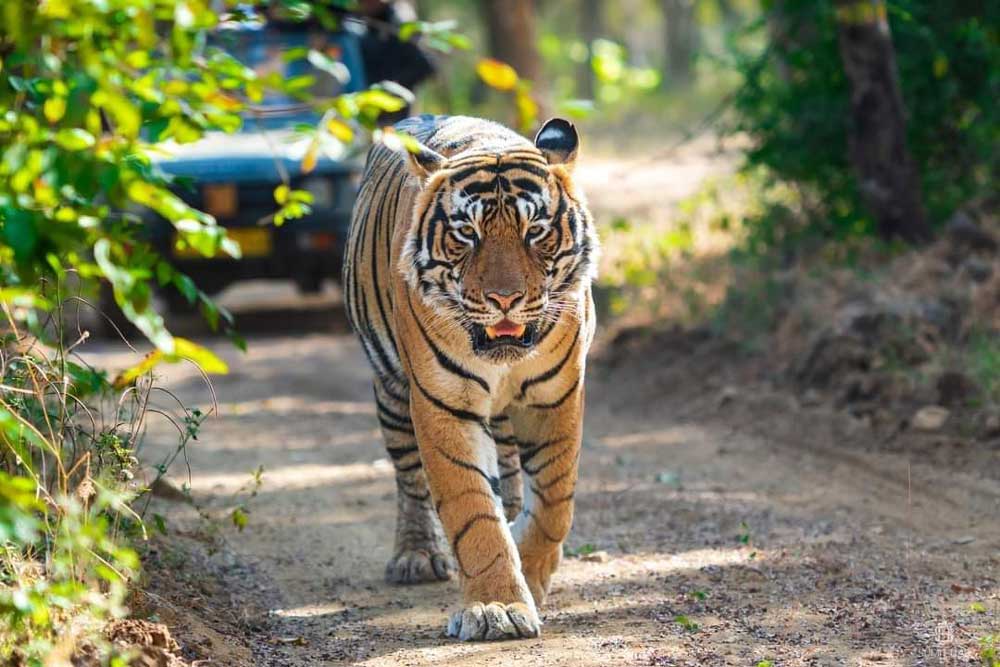
Bengal Tiger
Approximately 50 per cent of all tigers worldwide are Bengal tigers, with 70 per cent of them residing in India. Despite being a highly adaptive species that can survive in wetlands, woods, and mangroves, as well as in extreme heat or cold, the number of Bengal tigers has drastically decreased over time. The animal's habitat has been severely diminished by urban growth, trophy hunting, and decades of relentless poaching for its skin and body parts. All this has contributed to its endangered status. There are currently less than 2,000 members of the species remaining in the wild, and they only occupy seven per cent of their former ecological range.
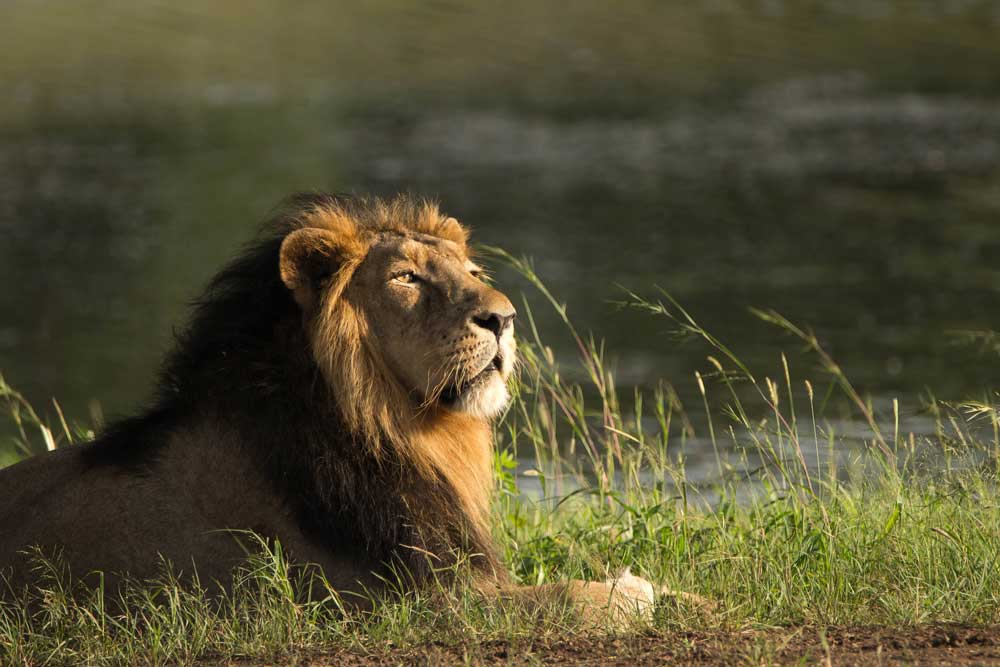
Asiatic Lion
The Asiatic lion has a pronounced belly fold and a longer tail tuft than its African brethren, yet it is around 10–20 per cent smaller. The Asiatic Lion, as its name implies, originated historically in south-west Asia and eastern India. However, the entire population of the species is currently limited to India’s Gir National Park and its surroundings in Gujarat. Today there are just 500–650 Asiatic lions in the country, according to the International Union for Conservation of Nature (IUCN), which has listed the species as endangered since 2010. Even though the animal is primarily restricted to the Gir Forest, many farmers in the surrounding areas continue to safeguard their crops with shoddy, illegal electrical fences, which frequently ensnare lions. Nearly 20,000 open wells were also dug for irrigation, resulting in numerous lions accidentally drowning.
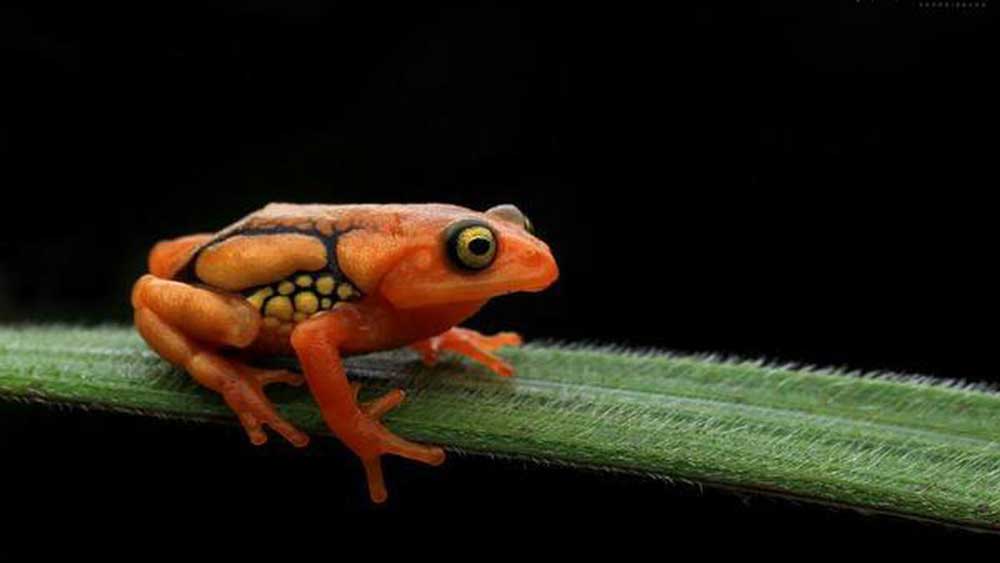
Resplendent Tree Frog
Only found in 2010 at the highest point of the Western Ghats, this enigmatic frog species boasts a stunning orange colour and has several large glands covering its body surface.. The only place in Kerala where one can find the incredibly rare dazzling tree frog is the Anamudi Peak, which is part of the Eravikulam National Park. Only 300 animals are thought to remain, according to scientists, who urge that conservation efforts be prioritised above everything else for this species.
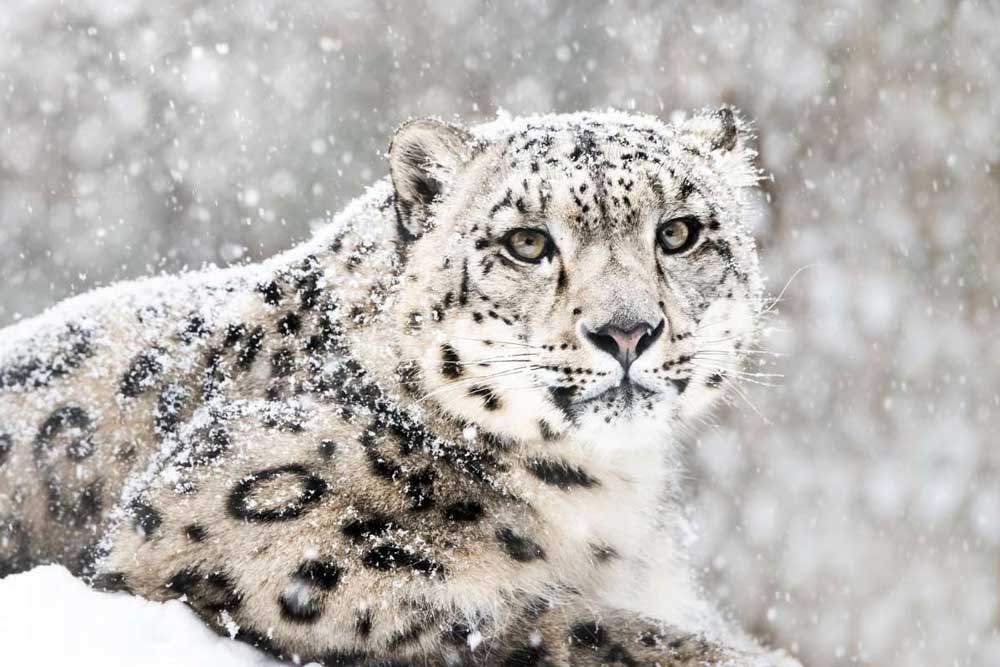
Snow Leopards
Snow leopards used to roam the Asian mountain ranges in much broader areas, much like the Asiatic Lion. With a population of only 500 in India, they are currently restricted to Ladakh, Himachal Pradesh, Uttarakhand, and the western and eastern Himalayas. It should come as no surprise that human activity has contributed to this population decrease. Specifically, the poaching of animals for their body parts and fur has resulted in a dramatic loss, while domestic livestock numbers have increased and depleted high-altitude pasture grounds. The species has also been threatened by conflicts between isolated populations and snow leopards, as well as by mining and hydropower projects that diminish the leopards' native habitat. It is also more difficult for the snow leopard species to regain its population because females typically give birth to just one or two cubs every two years.
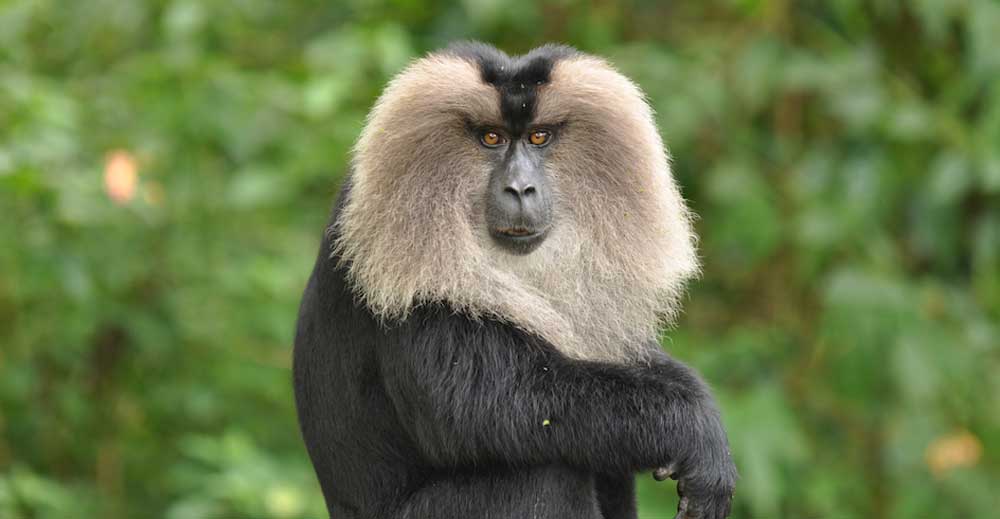
Lion-Tailed Macaque
The lion-tailed macaque, a species of monkey found exclusively in the tiny, highly fragmented rainforests of South India's Western Ghats, is easily recognised by its mane of silvery white hair that encircles its head. The macaque's entire natural population is estimated to be 4,000. Should problems such as hunting, roadkill, and habitat degradation persist, the population is predicted to drop by more than 20 per cent over the course of the next 25 years. Due to land clearing and degradation, the top canopies of the rainforest are becoming less populated with these rare primates, who are shy. The ease with which the species may now obtain food from humans is also altering the animals' behaviour, and they’re spending lesser time searching for food.
Image source: World wildlife, World land and trust, Vacations travel